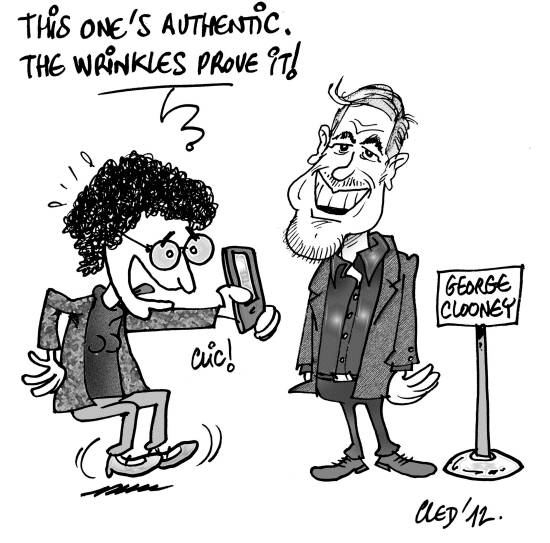A new wrinkle sure to foil counterfeiters’ plans
Categorie(s) : Industry, News, Research
Published : 1 December 2020
In research published in Advanced Materials, CEA-Leti and Bordeaux-based CELIA* developed a process to generate random micrometric patterns. A pulsed laser is used to melt thin layers of an amorphous germanium chalcogenide. This causes tiny wrinkles that are micrometers wide and tens of nanometers deep to form, creating the pattern. They are impossible to reproduce identically and, therefore, unique—perfect for authenticating items of value that are often counterfeited, from computer chips to fine timepieces and jewelery.
And, at just 50 microns, the entire pattern is tiny enough to be discreet, yet large enough to be read using a smartphone equipped with a lens. Talks with manufacturers interested in the technology are in progress.
Contact: pierre.noe@cea.fr
*Center for intense lasers and applications – University of Bordeaux CEA CNRS joint research unit 5107




 Contact us
Contact us How to find us
How to find us









